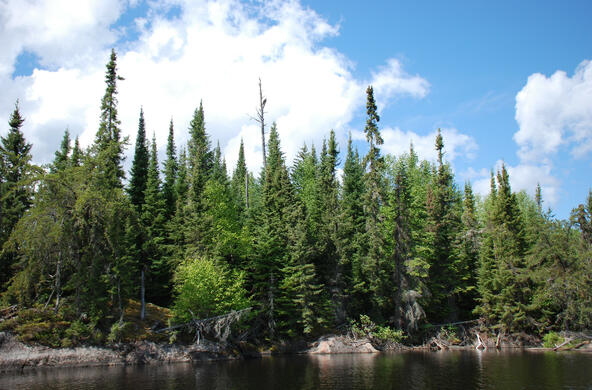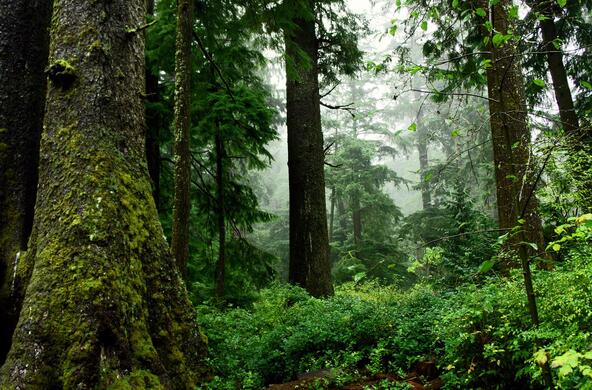There is irrefutable evidence that global climate is changing at an unprecedented rate, and most of the worthwhile debate is now focused on what we should do to mitigate the effects.
Part of the reason action has been slow is that we see climate change as such a large problem that it is somehow removed from our daily lives.
Thanks to a recent updating of the Natural Resource Inventory for Dutchess County, we can now point to some local records demonstrating changes in climate within the Hudson Valley over the past few decades. Shifts in climate are much more subtle than the changes we see from season to season, so reasonably long, consistent and precise strings of observations are necessary to reveal the trends. These data are now available in the updated Natural Resource Inventory.
Global warming is real and happening in our backyards. As is true for much of the globe, local temperatures have risen by 1.1 degrees Fahrenheit since 1950, and while this change may not seem like much — it's doubtful you could feel a temperature difference of 1 degree — it is important to recognize that even this small temperature change has profound effects on other aspects of climate.
For example, a warmer atmosphere can hold more moisture, resulting in more overall precipitation and more precipitation in individual events.
There is good evidence that the pattern of precipitation is changing rapidly. The changes in winter are particularly important. With the overall increase in winter temperature and the decrease in days with freezing temperatures, it is reasonable to expect fewer snow events and more precipitation falling as rain.
Regions in northern New York and New England where skiing is a major business have good evidence for a shortening of the time when there is snow on the ground. And local records show an increase in the number of heavy rain events. In the past, there was only about one rainstorm per year that dropped more than 2 inches of rain in a day, but we now experience 2.5 such storms per year.
Difficult to control
Heavy rainfall is less likely to infiltrate the ground because the surface soils become saturated, so there is a greater proportion of the rain that runs off to streams rather than recharging the groundwater. Rapid run-off exacerbates erosion on the land and in the stream and makes control of stormwater significantly more difficult.
The U.S. Geological Survey records of how much water passes down the Wappinger Creek show an increased water yield over the past few decades, such that about 375 more gallons per second leave the watershed now than was typical in the 1950s.
These changes in the type and amount of water falling on our watersheds makes us wonder, what will our watersheds look like and how will they function 50 years from now? The changes in temperatures and the water cycle will definitely have a significant effect on what plants grow in our watersheds, how stream channels change, the extent of flooding during events, etc.
Water and land are interconnected in a watershed. It is important to remember that how we manage our watersheds has just as large, if not greater, effect on water quality and quantity as well as our watersheds as a whole. Whether our watersheds will continue to be valuable natural resources in the future depends on how well we care for them.






